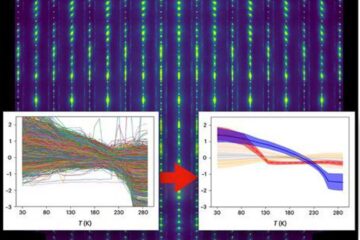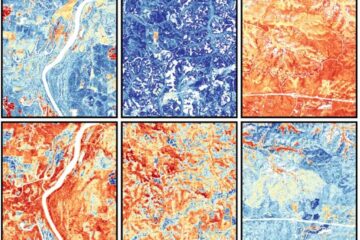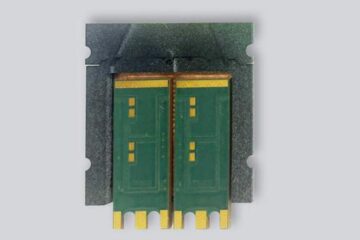University of Rochester scientists test new method to attack cancer

Scientists have used a technique called RNA interference to impair cancer cells’ ability to produce a key enzyme called telomerase. The enzyme, present in most major types of cancer cells, gives cells the lethal ability to divide rampantly without dying. The laboratory experiments create an opportunity for researchers who are focusing on telomerase in a bid to develop a drug like none ever developed – one capable of killing 85 percent of cancers
The research, led by Peter T. Rowley, M.D., of the University of Rochester Medical Center, is being presented today at the annual meeting of the American Association for Cancer Research in Washington, D.C.
The enzyme telomerase produces telomeres, located at the ends of each chromosome, which protect the ends of chromosomes as cells divide. In a normal cell, the telomeres shorten each time the cell divides. After a cell divides 50 to 100 times, the telomeres shorten so much that they can no longer protect the chromosome, and the cell eventually dies.
Scientists believe that such cell death is normal, even healthy. But as a healthy cell turns cancerous, a genetic mutation triggers the production of telomerase, which restores the telomeres to normal length. The restored telomeres enable the cell to divide, unchecked, thousands of times instead of the usual 50 to 100. Over time, a few cancer cells can multiply into a golf-ball-sized tumor or spread to other parts of the body.
Since researchers discovered the important role telomerase plays in most cancers in the mid-1990s, much attention has been focused on finding a way to attack them. Several methods are in various stages of development.
The University of Rochester team used RNA interference to disrupt the production of telomerase in various cancer cells including colon, skin, cervical, and lung cancer. They crafted tiny snippets of double-stranded RNA, tailored to seek out the chemical message in the cell that conveys the instructions for making telomerase. Those snippets attracted enzymes and, together, they sought out and destroyed the cells’ chemical messages for making telomerase.
The technique reduced – but didn’t fully block – the production of telomerase. But with the cells’ supply of telomerase decreased, the telomeres at the ends of the chromosomes began to shorten. Over 75 days, the telomeres were shortened by as much as 85 percent. Rowley believes that if the experiment had been continued, the telomeres would have been shortened so much that all the cancer cells in the experiment would have died.
“If we can develop a therapy that prevents cancer cells from making telomerase, we may have a therapy that is effective against most cancers,” said Rowley. “There are several hurdles we have to overcome before we can bring such a therapy to patients. Nonetheless, telomerase appears to be the most promising target we have in the search for an agent that is broadly effective against most forms of cancer.”
Among the hurdles Rowley and other researchers are addressing is the possibility that RNA injected into the body could be broken down by enzymes before it reaches a patient’s cancer cells. Rowley plans a new series of experiments in mice to explore that possibility and devise a strategy to overcome it.
The research was funded by grants from the National Institutes of Health, the National Leukemia Research Association, and the Elsa U. Pardee Foundation.
Media Contact
More Information:
http://www.urmc.rochester.edu/All latest news from the category: Health and Medicine
This subject area encompasses research and studies in the field of human medicine.
Among the wide-ranging list of topics covered here are anesthesiology, anatomy, surgery, human genetics, hygiene and environmental medicine, internal medicine, neurology, pharmacology, physiology, urology and dental medicine.
Newest articles

Machine learning algorithm reveals long-theorized glass phase in crystal
Scientists have found evidence of an elusive, glassy phase of matter that emerges when a crystal’s perfect internal pattern is disrupted. X-ray technology and machine learning converge to shed light…

Mapping plant functional diversity from space
HKU ecologists revolutionize ecosystem monitoring with novel field-satellite integration. An international team of researchers, led by Professor Jin WU from the School of Biological Sciences at The University of Hong…

Inverters with constant full load capability
…enable an increase in the performance of electric drives. Overheating components significantly limit the performance of drivetrains in electric vehicles. Inverters in particular are subject to a high thermal load,…





















